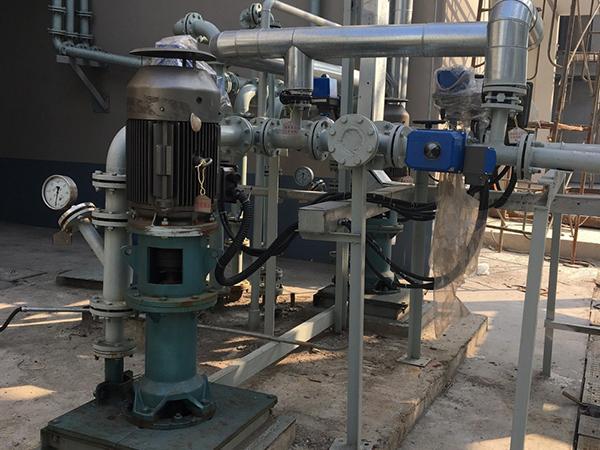English
- Afrikaans
- Albanian
- Amharic
- Arabic
- Armenian
- Azerbaijani
- Basque
- Belarusian
- Bengali
- Bosnian
- Bulgarian
- Catalan
- Cebuano
- Corsican
- Croatian
- Czech
- Danish
- Dutch
- English
- Esperanto
- Estonian
- Finnish
- French
- Frisian
- Galician
- Georgian
- German
- Greek
- Gujarati
- Haitian Creole
- hausa
- hawaiian
- Hebrew
- Hindi
- Miao
- Hungarian
- Icelandic
- igbo
- Indonesian
- irish
- Italian
- Japanese
- Javanese
- Kannada
- kazakh
- Khmer
- Rwandese
- Korean
- Kurdish
- Kyrgyz
- Lao
- Latin
- Latvian
- Lithuanian
- Luxembourgish
- Macedonian
- Malgashi
- Malay
- Malayalam
- Maltese
- Maori
- Marathi
- Mongolian
- Myanmar
- Nepali
- Norwegian
- Norwegian
- Occitan
- Pashto
- Persian
- Polish
- Portuguese
- Punjabi
- Romanian
- Russian
- Samoan
- Scottish Gaelic
- Serbian
- Sesotho
- Shona
- Sindhi
- Sinhala
- Slovak
- Slovenian
- Somali
- Spanish
- Sundanese
- Swahili
- Swedish
- Tagalog
- Tajik
- Tamil
- Tatar
- Telugu
- Thai
- Turkish
- Turkmen
- Ukrainian
- Urdu
- Uighur
- Uzbek
- Vietnamese
- Welsh
- Bantu
- Yiddish
- Yoruba
- Zulu
Telephone: +86 13120555503
Email: frank@cypump.com
Aug . 18, 2024 02:31 Back to list
Efficient Pump Systems for Optimal Septic Tank Performance and Maintenance Strategies
Understanding Pump Systems in Septic Tanks
Septic tank systems are essential for managing wastewater in areas where centralized sewer systems are not available. A key component of these systems is the pump, which plays a crucial role in the effective treatment and disposal of wastewater. This article delves into the significance of pump systems in septic tanks, their types, functions, and maintenance concerns.
A septic tank is a watertight chamber made from materials such as concrete, fiberglass, or polyethylene. Its primary function is to decompose and filter organic waste from household sewage. The tank is designed to hold sewage long enough for solids to settle at the bottom, forming sludge while allowing lighter materials, such as oil and grease, to float to the top, creating scum. However, when a septic tank is situated at a lower elevation than the leach field or when dealing with high groundwater levels, a pump system becomes necessary to ensure the efficient dispersion of treated effluent.
Types of Pumps in Septic Systems
Septic systems commonly employ two types of pumps effluent pumps and macerating pumps
.1. Effluent Pumps These pumps are designed to move the effluent (the liquid wastewater after solids have settled) from the septic tank to the leach field. They are typically submersible and can handle small solids, making them an ideal choice for transferring treated water to the drain field. Effluent pumps are activated by float switches that detect the water level in the tank, ensuring that the effluent is pumped out only when necessary.
2. Macerating Pumps Unlike effluent pumps, macerating pumps are equipped with blades that chop solids into smaller particles before pumping them out. This is particularly beneficial when dealing with waste from bathrooms that may contain toilet paper, sanitary products, or food waste. By reducing the size of the solids, macerating pumps facilitate the movement of waste through smaller pipes, which can be advantageous for tight spaces or retrofitting systems.
pump system septic tank

Functions of Pump Systems
The primary function of a pump system in a septic tank is to facilitate the movement of effluent from the tank to the drain field. However, the pump also plays a vital role in maintaining the overall health of the septic system. By ensuring that effluent is efficiently dispersed, the pump helps to prevent backups, overflows, and the potential for environmental contamination. Regularly functioning pump systems contribute to the longevity of septic tanks, helping avoid costly repairs and replacements.
Maintenance Considerations
While septic systems are generally low-maintenance, the pump system does require attention to ensure its proper functioning. Homeowners should annually check the pump and its components, including the motor, floats, and electrical connections. Signs of pump failure include unusual noises, frequent alarms, or slow draining issues. Promptly addressing these issues can prevent severe problems down the line.
Moreover, it is crucial to avoid flushing inappropriate materials down the toilet or disposal into the system, such as non-biodegradable products, chemicals, or fats. Regular pumping of the septic tank (typically every 3-5 years) is also necessary to prevent excessive sludge buildup, which can lead to pump strain and failure.
Conclusion
Pump systems are an integral part of septic tank operations, ensuring that wastewater is effectively managed and treated. Understanding the types of pumps, their functions, and proper maintenance practices can help homeowners optimize their septic systems' performance, protect the environment, and save money in the long run. As with any mechanical system, vigilance and routine care are essential for longevity and efficiency.
-
ISG Series Vertical Pipeline Pump - Chi Yuan Pumps Co., LTD.|High Efficiency, Energy Conservation, Low Noise
NewsJul.29,2025
-
ISG Series Vertical Pipeline Pump-Chi Yuan Pumps Co., LTD.|High Efficiency&Energy-Saving
NewsJul.29,2025
-
ISG Series Vertical Pipeline Pump - Chi Yuan Pumps Co., LTD. | High Efficiency, Energy-Saving
NewsJul.29,2025
-
ISG Series Pipeline Pump - Chi Yuan Pumps | High Efficiency, Low Noise
NewsJul.29,2025
-
High-Efficiency Vertical Slurry Pumps for Mining & Industry Solutions
NewsJul.29,2025
-
High-Efficiency Pipeline Pump Solutions for Every Pipeline Pump Station
NewsJul.29,2025










